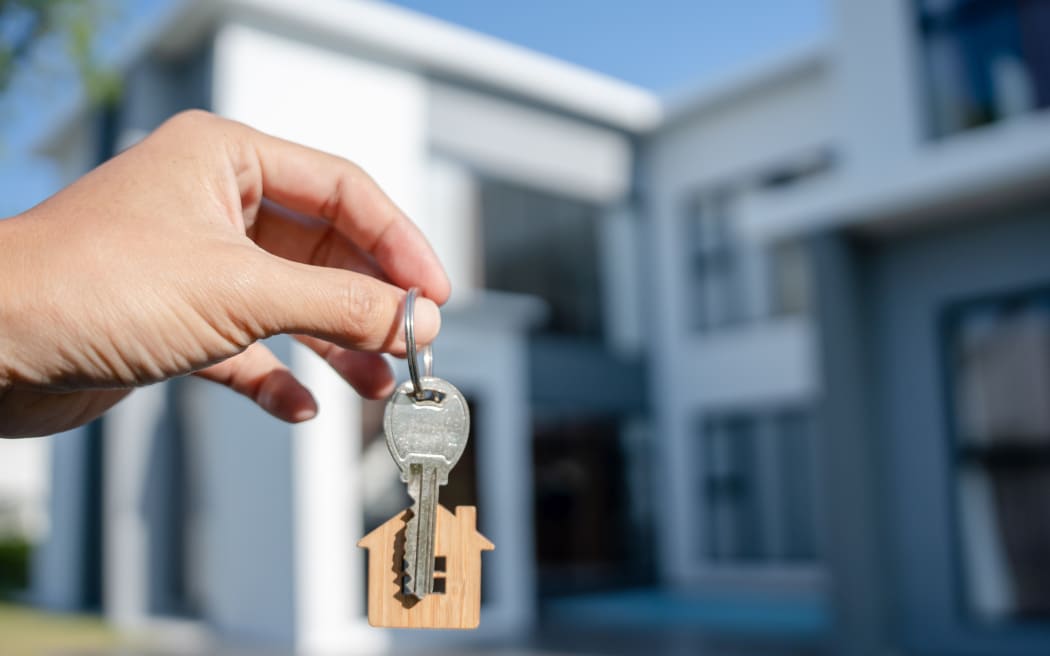
Photo: 123RF
First-home buyers are paying less and probably getting bigger houses this year than their counterparts in recent years have been able to buy.
New data from Corelogic shows the median price paid by first-home buyers has fallen in recent years from $715,000 in 2022 to $695,000 last year and
$685,000 over the first nine months of this year.
But at the same time, the proportion of purchases that were standalone houses was up to 73 percent compared to 70 percent in 2023.
Corelogic chief property economist Kelvin Davidson said that signalled first-home buyers were getting "good deals" in the current market.
With prices still up to 20 percent below their peaks in some areas, people who found they could buy a standalone house for the same price a townhouse might have been previously were opting for the bigger properties, he said.
But he said standalone purchases were still a smaller proportion than they were in the past.
"If you go back to 2019 and 2020, standalone houses accounted for more than 75 percent of FHBs' purchases, suggesting that as affordability constraints have intensified over the past few years, first-home buyers have been prepared to change too."
First-home buyers have been responsible for 27 percent of all purchases in the first nine months of this year, well above the 21 percent long-term average.
"The allure of 'a foot on the ladder' clearly remains strong, especially in the current market where house prices are down and abundant listings favour buyers," Davidson said.
He said 27 percent was a record high in terms of market share but the number of buyers had been higher in the past. Market activity has been relatively subdued.
"They're tapping into KiwiSaver, using low deposit lending and showing willingness to compromise on property type or location. Those sorts of things help."
He said market conditions had also provided a boost, with less competition from other buyer groups and prices still down on their peaks.
Among the main centres, the strongest market share for FHBs over the first nine months of 2024 had been wider Wellington, at just short of 35 percent of purchases. Tauranga was at the other end of the spectrum, at 23 percent.
But both Hamilton and Tauranga were 7 percent above normal, and the gap was 5 percent percent in Wellington, and 4 percent across Auckland, Christchurch, and Dunedin.
A similar margin applied in "next tier" cities such as Nelson and Invercargill, as well as smaller areas including Horowhenua, Ashburton, and South Waikato.
Davidson said the outlook was still good for first-home buyers.
"There's a sense that mortgaged investors may start to become more active again in the next 12 to 18 months, meaning that first-home buyers will face increased competition.
"Nevertheless, it's entirely possible that lower interest rates will still continue to drive more first-home buyers in absolute terms."
Debt-to-income ratios now apply to borrowers but Davidson said the 20 percent allowance that banks had to lend to people who did not meet the rule could be useful for some first-home buyers, particularly in the more expensive regions.
"All signs point to first-home buyers continuing to hold onto an above-average share of property purchases in the next six to nine months, given other groups including investors are still facing challenges."
Sign up for Ngā Pitopito Kōrero, a daily newsletter curated by our editors and delivered straight to your inbox every weekday.







